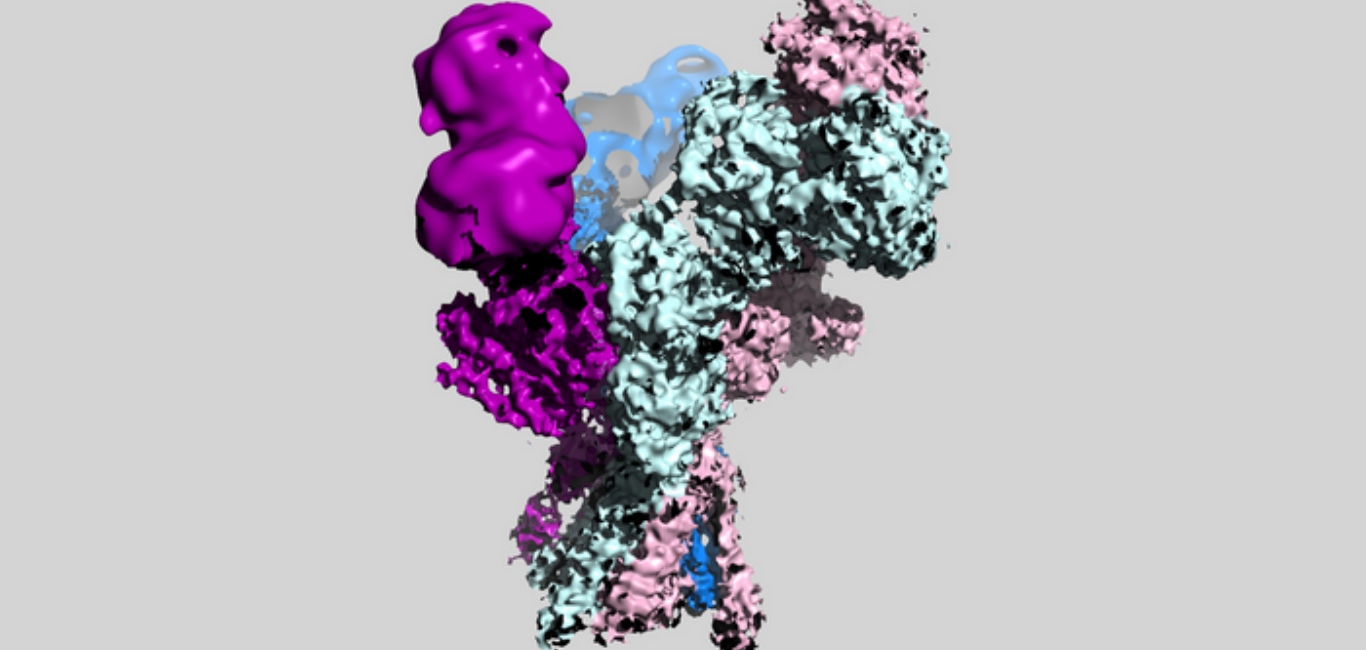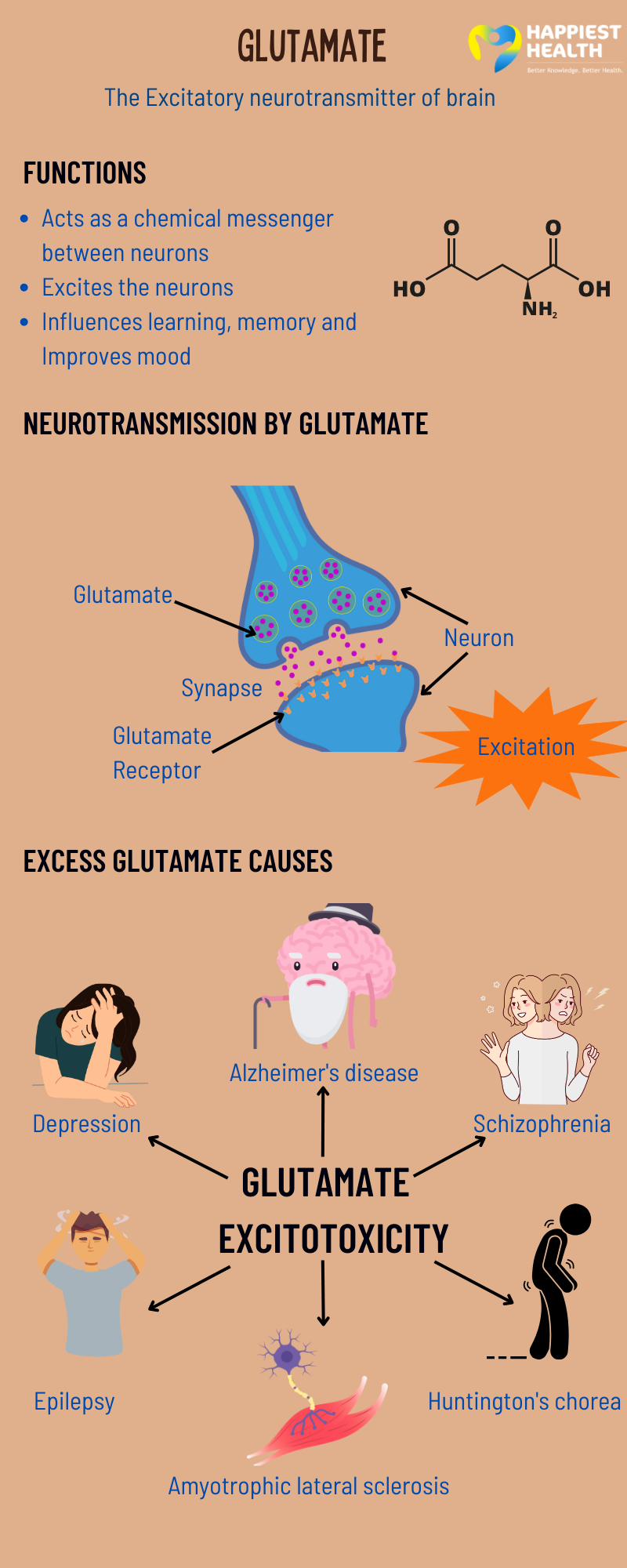
Scientists have tried to understand how nerve cells of the brain `talk’ to each other and decode their language. They have found that the nerve cells (neurons) communicate electrochemically via ions. Within the nerve cell, ions move, creating an electrical impulse. This signal transmits to the next neuron when the ions flow from one neuron to the other in a non-contact mode. Protein molecules called receptors modulate the passage of these ions. This ion flow determines every movement, memory, or emotion originating in the brain.
One such receptor, the NMDA, grabbed the attention of scientists due to its role in opening channels to allow ions to flow through. Any hiccup in the activity of NMDA receptors leads to too much or too little communication between the neurons. Physically, they manifest as various neurological diseases.
“It is hypothesised that abnormally low-functioning NMDA receptors cause schizophrenia-like symptoms,” says Hiro Furukawa, the corresponding author of a recent study and professor at Cold Spring Harbor Laboratory, in a statement.
Scientists have studied the NMDA receptor for a long time to understand its activity. However, as the details of how molecules are arranged in is structure or in other words, the molecular framework of NMDA was unavailable, clarity on its mechanisms remained obscure.
First look at receptors
The study published in Molecular Cell has bridged the knowledge gap by capturing 3D pictures of the NMDA receptor. The scientists used an advanced imaging technique called cryo-electron microscopy to capture these images, which could potentially help to devise targeted therapies.
“We hope our images, which visualise the receptor for the first time, will facilitate drug development across the field based on our structural information,” says Tsung-Han Chou, a post-doctoral researcher at the Cold Spring Harbor Laboratory, in the statement.
Receptors are found on every cell’s surface. They facilitate the entry and exit of various molecules in a cell. The NMDA receptors behave like a valve under the control of neurotransmitters (chemicals that relay signals from one neuron to another). For example, when glutamate, a neurotransmitter, attaches to the NMDA receptor, it opens channels through which ions flow into the neuron.
In the current study, the researchers explored how the structure of the receptors changes when they interact with various molecules. They experimented with glutamate and other synthetic molecules that affected NMDA activity and saw that the receptors ‘stretch’ or ‘bend’ in response.
The detailed molecular pictures will help to make better, targeted therapies which could appropriately modulate the NMDA receptor activity.

















